Supple, shredded, dark | Vivienne Flescher
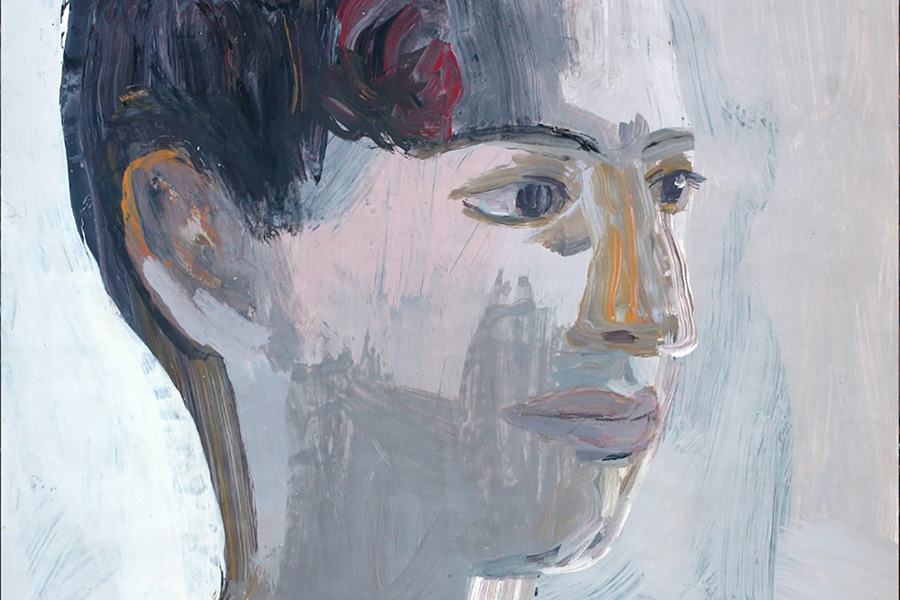
The illustrator of an article on women’s reproductive rights must be wary of the tropes and clichés of female imagery: the body, the hourglass, the hourglass body, the fetus, the coat hanger, the woman. When the editors of the Review decided to illustrate our colloquium on the new threat to access to abortion posed by Judge Alito’s draft opinion in Dobbs v. Jackson Women’s Health Organization, my first thought was Vivienne Flesher. Her lines are supple, but there’s a dark, jagged stain that undermines what might otherwise be mistaken for soft femininity. His drawings seduce even when they depict the violence of domesticity and the law. Her babies can be cute while grimacing; his naked women communicate their power.
In addition to having drawn fourteen illustrations for the series of essays on the end of deer, Flesher contributed a painting that served as the cover for our June 9 issue. I emailed him this week asking about abortion, drawing women, and Rodin.
Leanne Shapton: Can you tell me where you grew up and what led you to paint and draw in the first place?
Vivienne Flescher: Growing up in suburban Long Island, I struggled in school, with math and spelling, but I could draw and ride horses. So my options seemed very clear to me: be an artist or join the circus. I ended up studying at Parsons and stayed in New York for many years before ending up in San Francisco. I’m still a New Yorker at heart.
I wanted to work with you on this series not just because I thought abortion might be an issue close to your heart, but because we needed so much footage so quickly, and I know how fast you can think and draw. Where were you when I asked you if you were available? And had you heard of the draft notice at the time?
I knew this was coming, I think we all know that since Trump and Mitch McConnell cheated to put anti-abortion justices on the Supreme Court. I was away from my studio when I saw your email on my phone. I couldn’t read it well because of the sun and I didn’t have my glasses. I immediately said yes to your project – anything to fight for abortion rights – but I had no idea you wanted so many drawings in such a short time until I went back to my studio, and that I can correctly read your message. I mostly painted during the Covid years and wasn’t sure I still had what it takes to work as a full time illustrator.
Illustration by Vivienne Flesher
Did any of the fourteen essays resonate with you?
Many of them moved me. I thought I knew this material; I feel passionate about it. But I learned so many things that I didn’t know before. Each writer conveyed something that I had not experienced or felt before.
Christine Henneberg was powerful and moving. I’m older than you and I was personally struck by Liza Batkin’s article. In my youth, men often behaved as if their word was sacrosanct. The dishonesty and dishonesty of Judge Alito’s reasoning is explained in Batkin’s essay.
The two previous illustrations you did for us were portraits of Patricia Highsmith and Hannah Arendt. You drew them both smoking cigarettes. Very few writers are photographed smoking these days – I guess I want to ask you where your visual dark side comes from. I especially like the way you describe women because of this trend.
I’m glad you appreciate my dark side. I guess we all have that lurking inside of us. As an illustrator, most of my clients didn’t want to see it. But my work for you and my own painting is where I can let it out. Although smoking is a vile and dangerous habit, it is a magnificent accessory – just look at classic black and white films or photographs from the turn of the 20th century.
Patricia Highsmith; illustration by Vivienne Flesher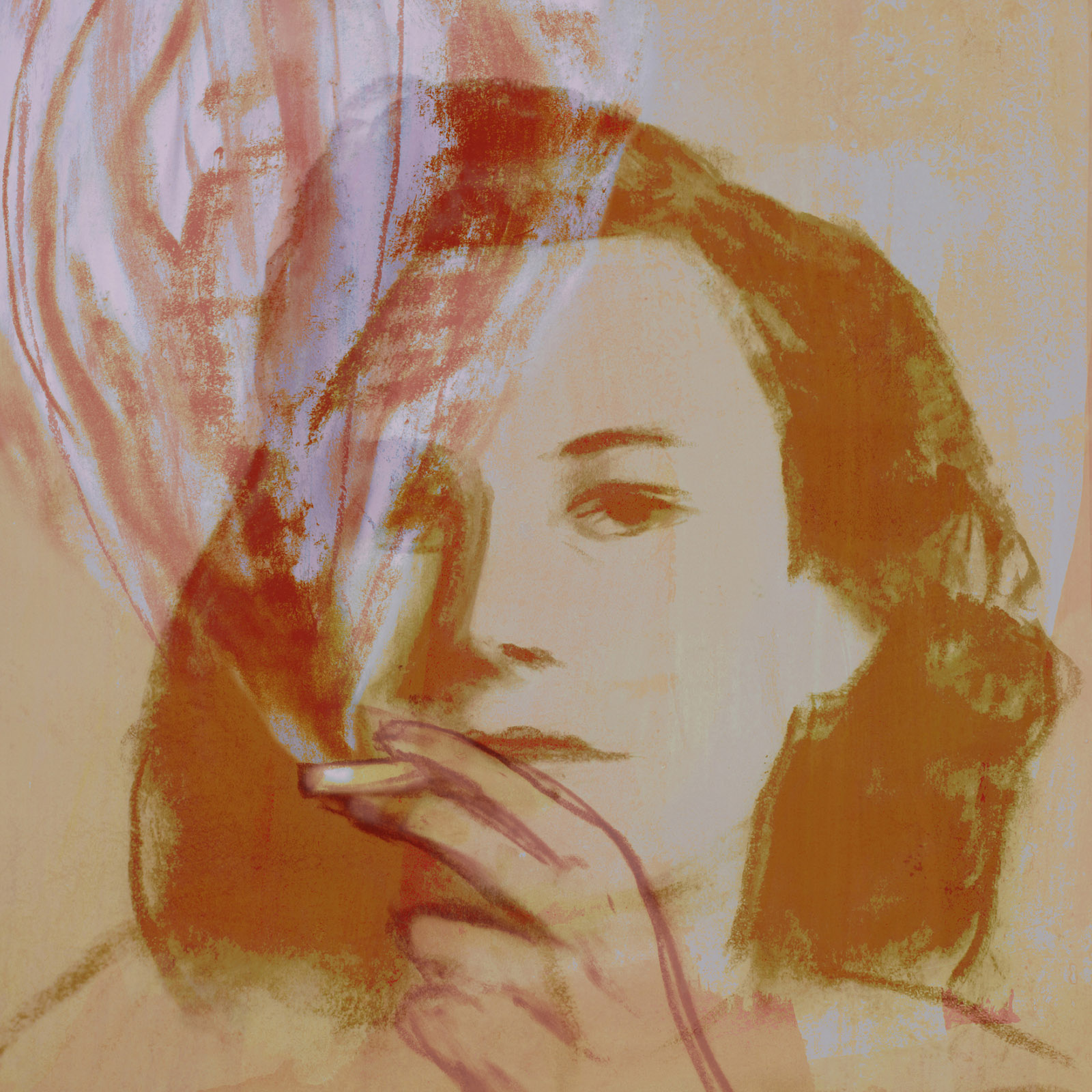
Have you deliberately reduced your full-time illustration job to paint?
I was bored with the illustration, and when Covid hit I thought, Why am I still doing this, if it doesn’t make me grow or it doesn’t interest me anymore? When I was starting out as an illustrator, the art and editorial departments were equal but separate entities. Over time, editorial and marketing took over. Ads, book jackets, even most publications aren’t as visually exciting anymore. Like so many others, I was looking for something to get through the Covid years. My love of solitude and my art have sustained me, more than that, they have brought me joy. Right now I’m obsessed with creating digital art from drawings, paintings, photographs. I love what Photoshop brings to the process. These files can be reproduced at any scale.
Are you reading more non-fiction or fiction lately? And do your readings inform your personal paintings?
I’ve just finished The hungry road, by Ben Okri, and used fragments of his sentences as titles for an exhibition of paintings. His writing is like getting lost in a dream. I mostly watched movies. I will be photographing moments from movies and incorporating them into my new computer work. As you know, when you’re an artist, there are times when everything becomes your art, and it’s exciting to follow that.
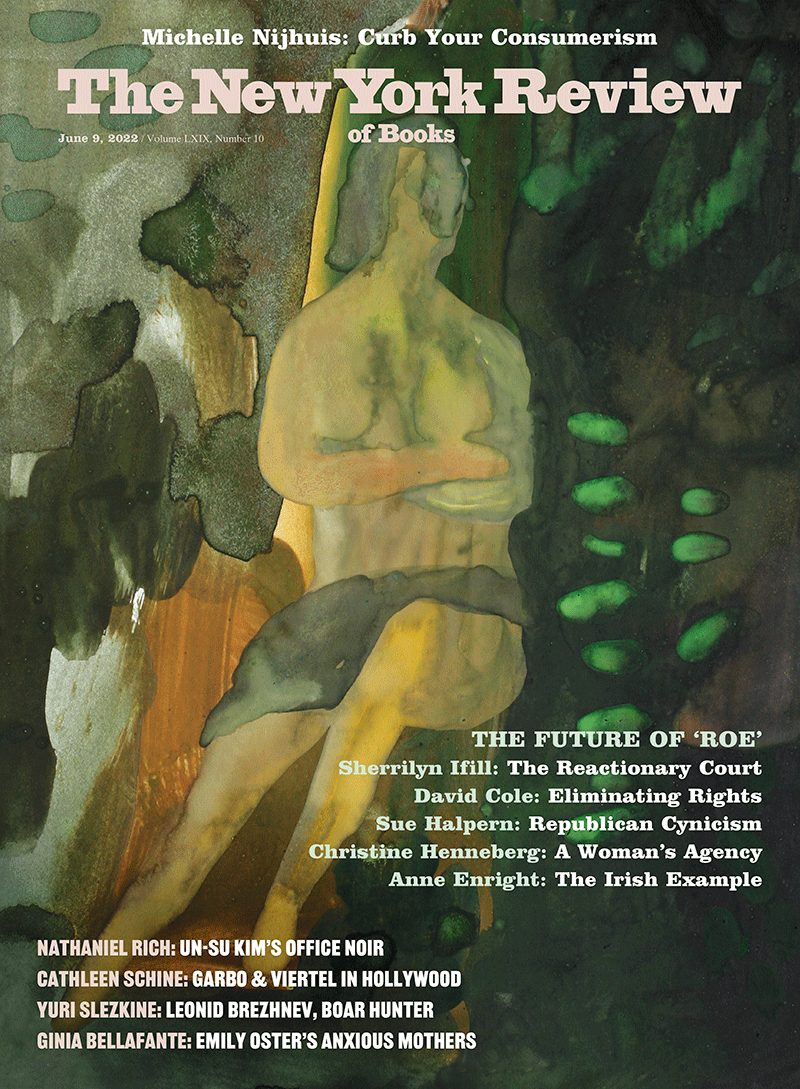
I’m curious about the cover image. What’s the story behind it all? I really like the crossed arms of the figure. This gesture reminds me of something in the balance, a pause or a defense.
When I had time, I made small paintings for myself. Sometimes these paintings depicted the people I met on my travels; I did a series about the wonderful people I met in Papua New Guinea when I spent a month there years ago. Sometimes these small paintings represent friends or objects in my life. I don’t remember specifically but I think the one on your cover is from a book I was looking at during the pandemic. I like what you see in his posture and I believe art is about what the viewer sees in a painting. For me, the less revealed the better, unless I’m illustrating; so my work has to convey something quick and tangible. I much prefer mystery.
Your paintings, at least many of those we selected for the cover, made us think of Rodin, his Cambodian dancers and his erotic studies. Are you a fan of him? What figurative work do you like or watch?
I love Rodin’s watercolors. They are so elegant. Recently, I discovered the Asafo flags, made by the Fante people of Ghana. I’m not sure they find their place in my work, but I love looking at them. My husband, Ward Schumaker, is also an artist, and we constantly inspire each other. Which is a good thing, since we’ve been locked up together during this weird time.

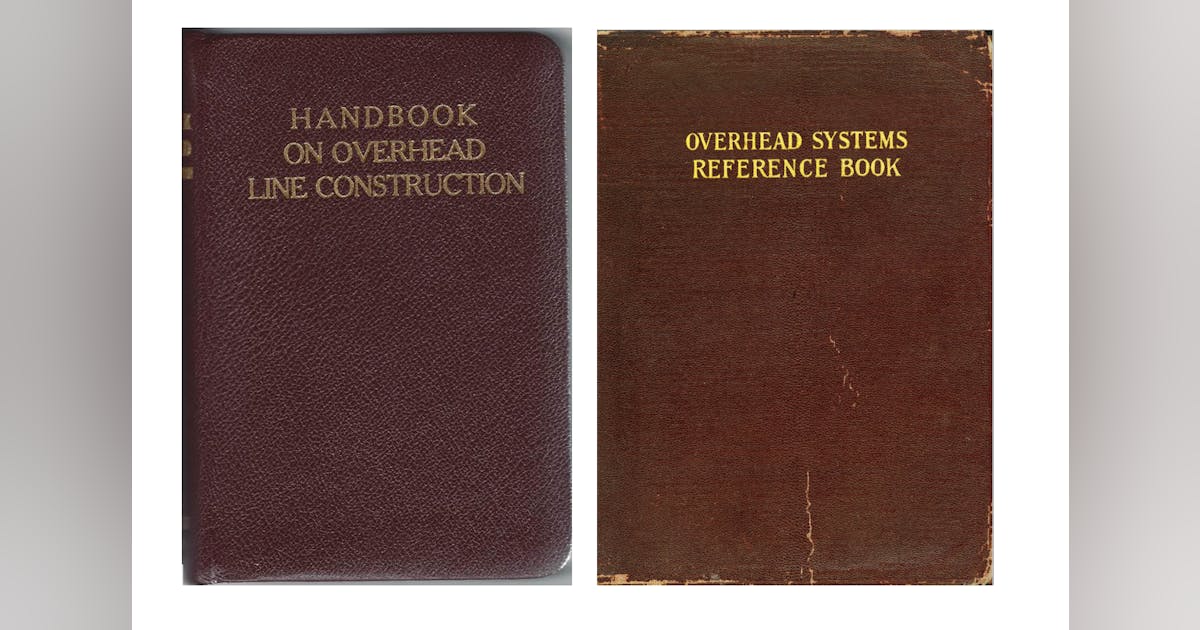

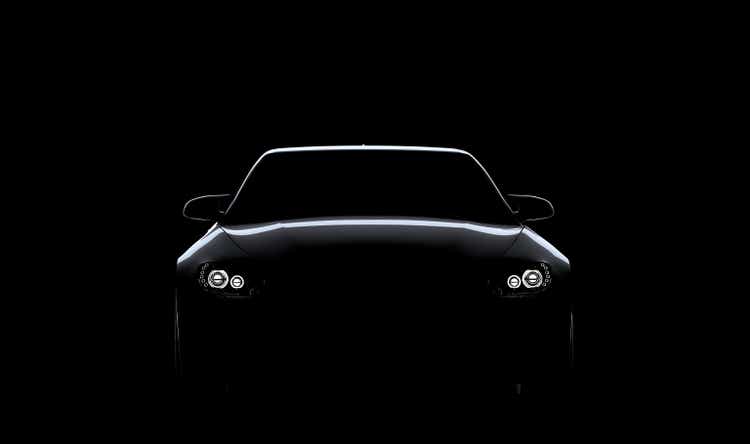


/cloudfront-us-east-1.images.arcpublishing.com/gray/LMS4GGRVH5AB5IAHCD22D6S3SA.jpg)